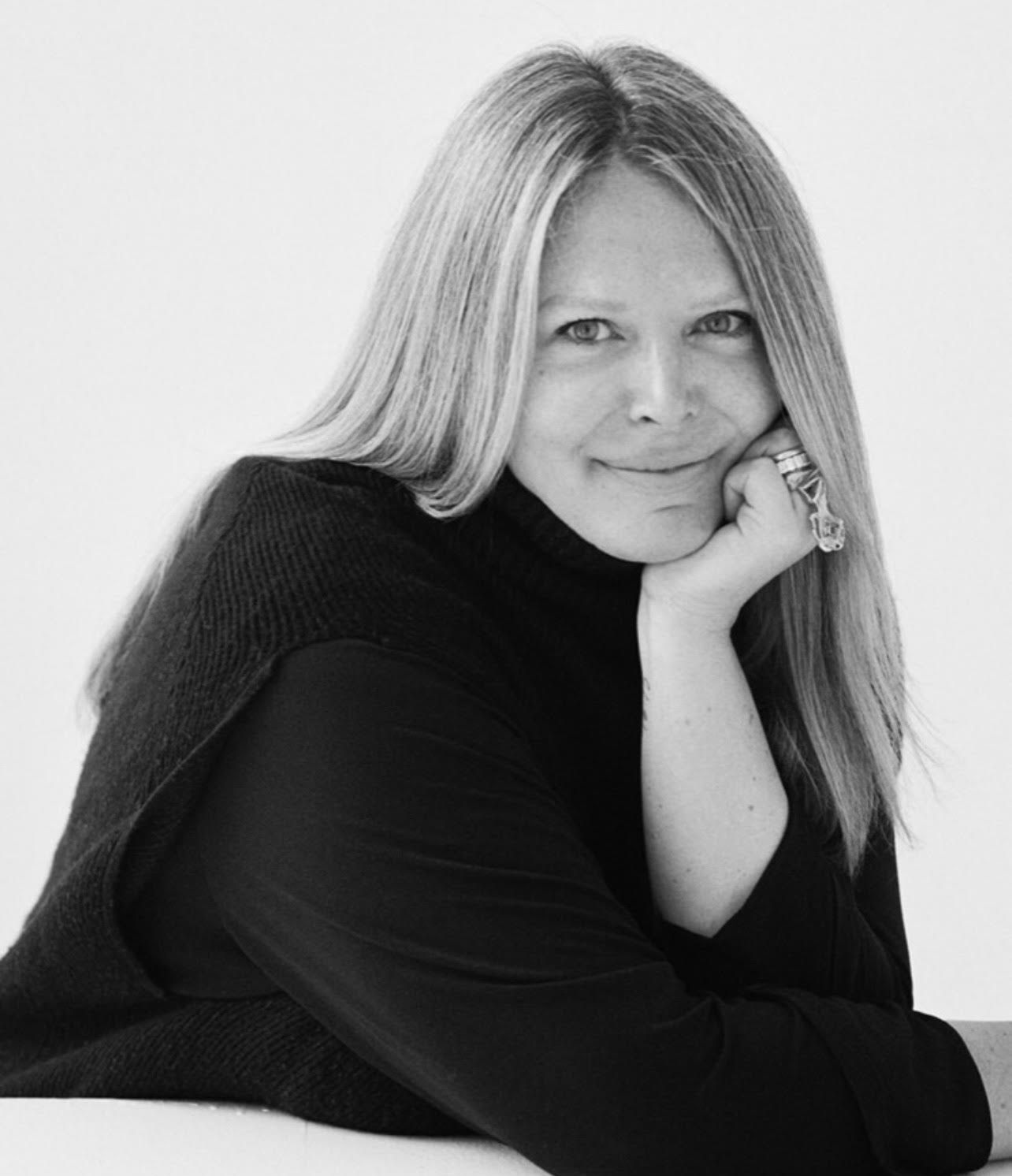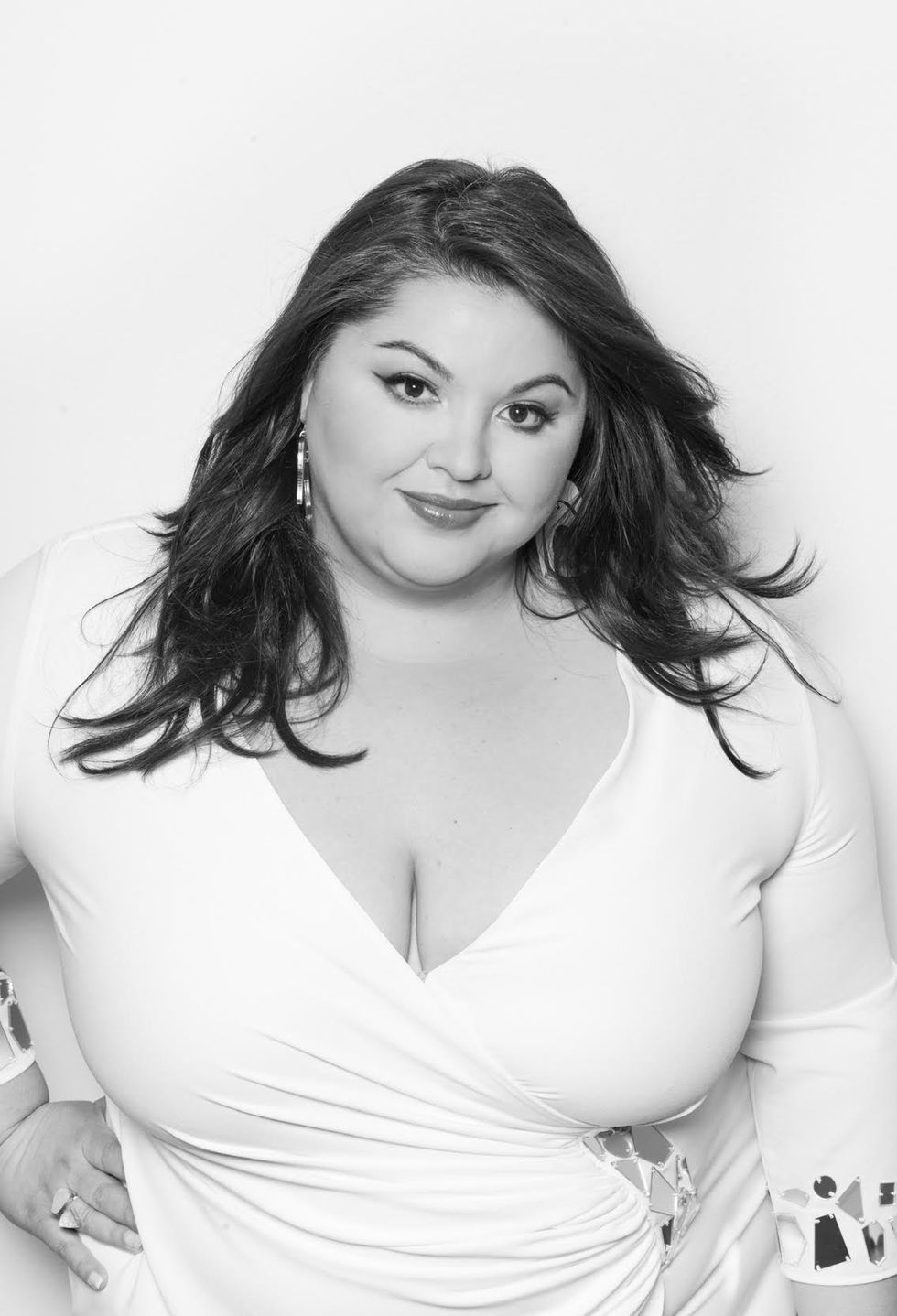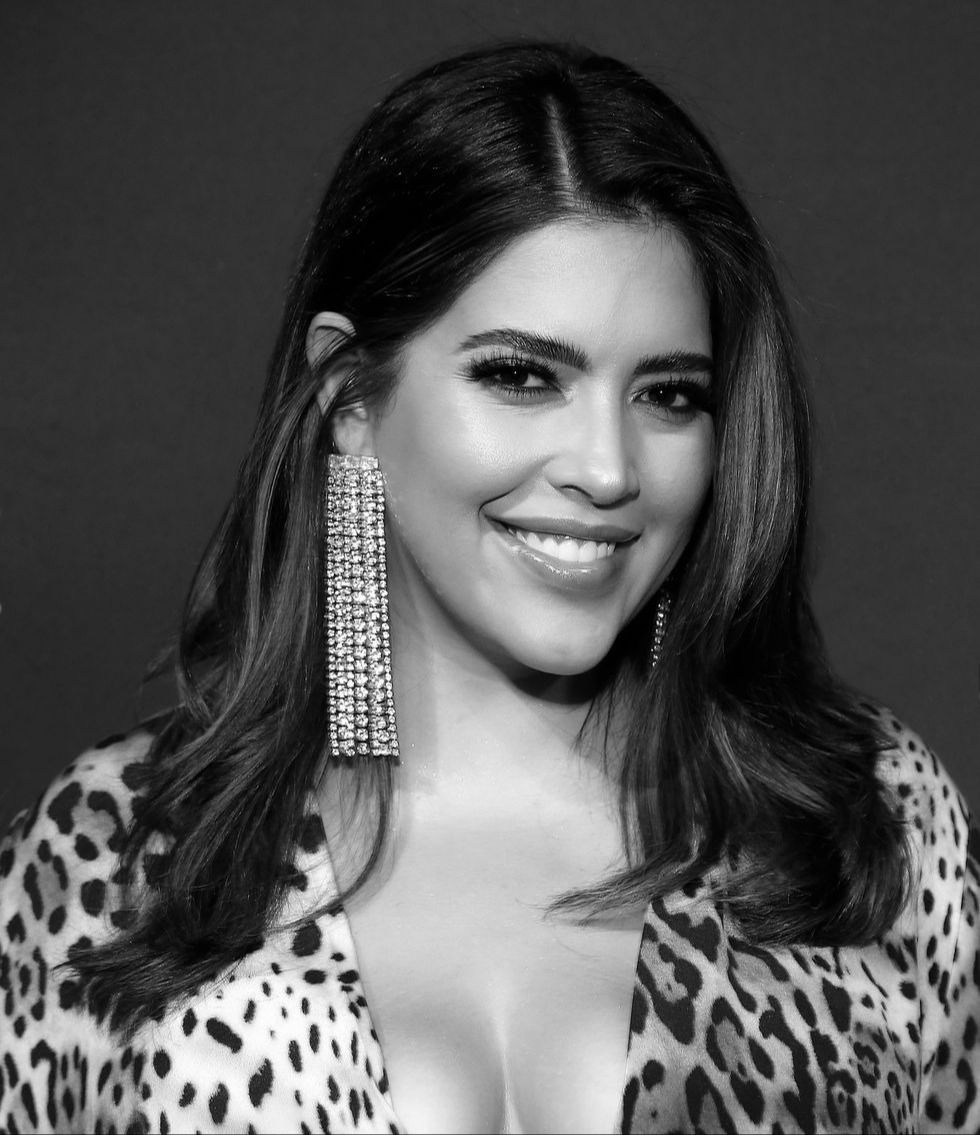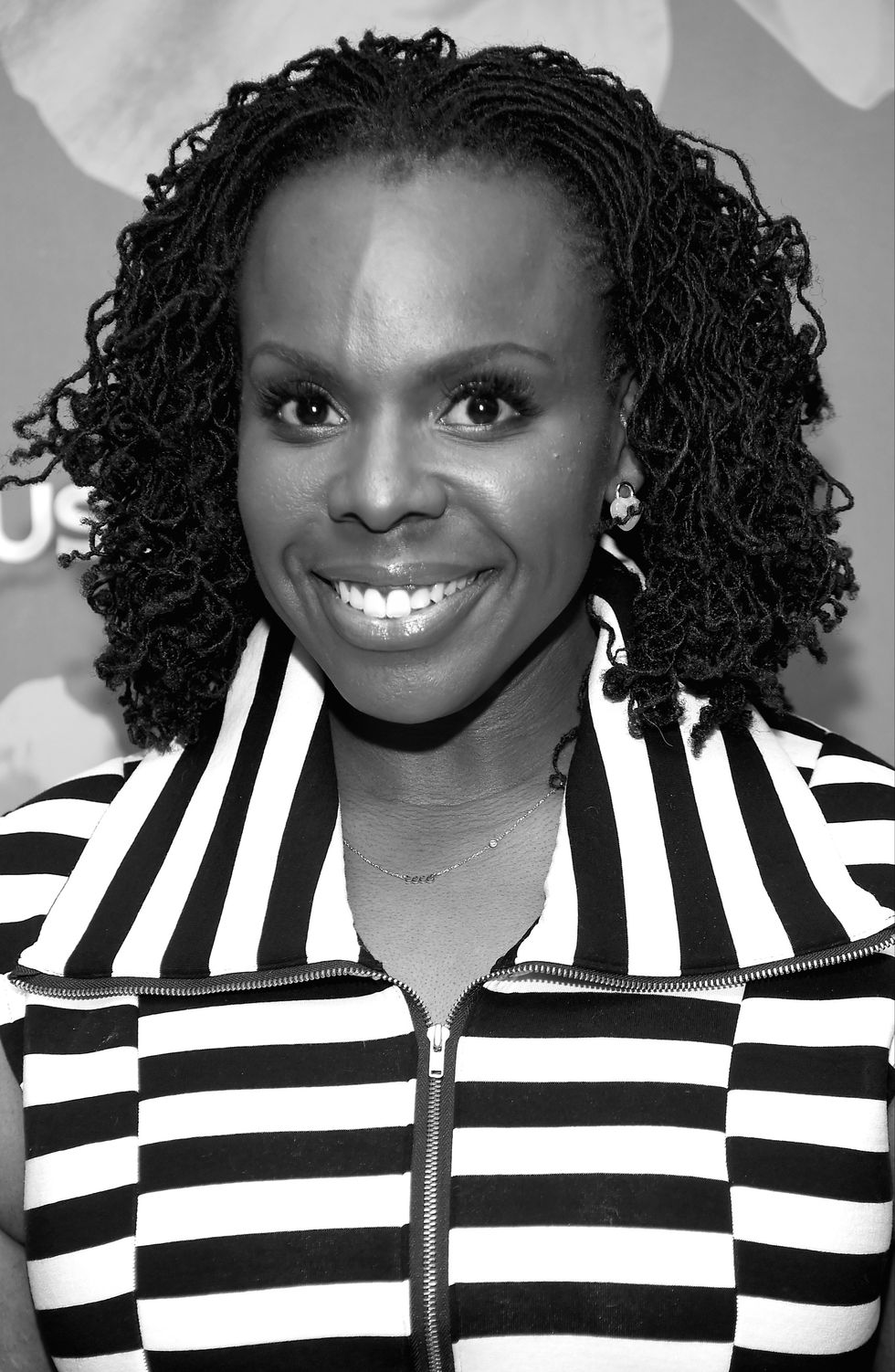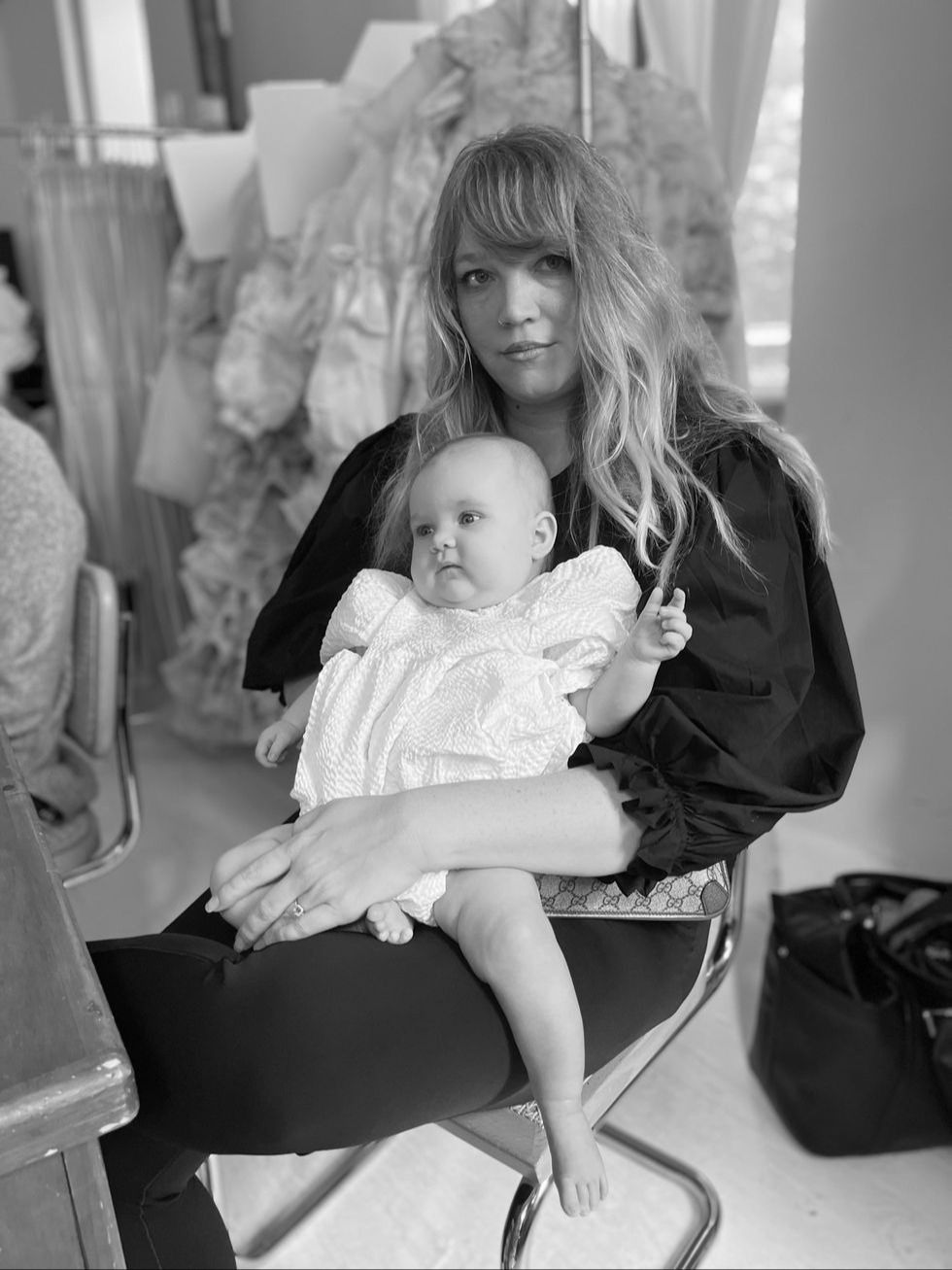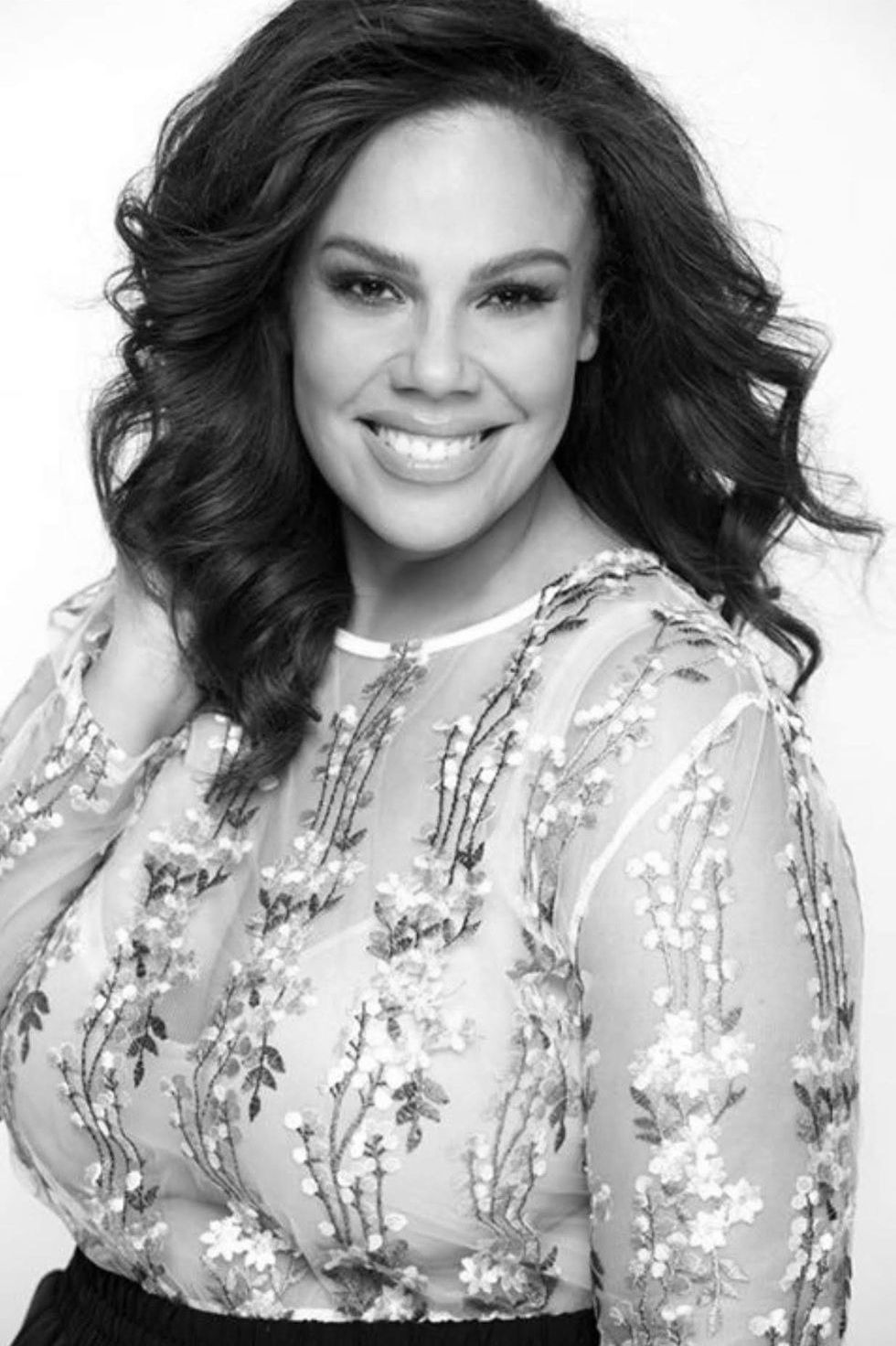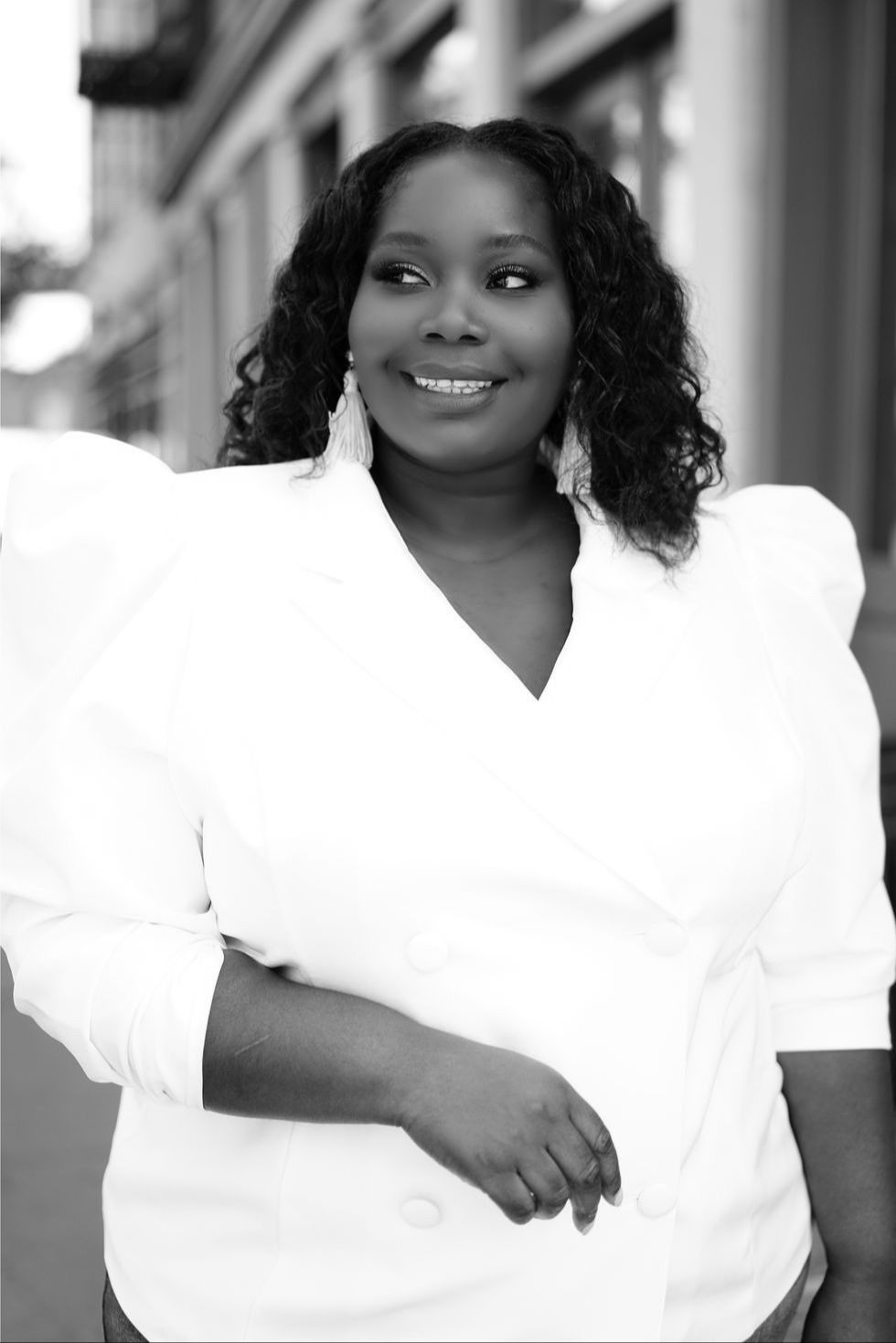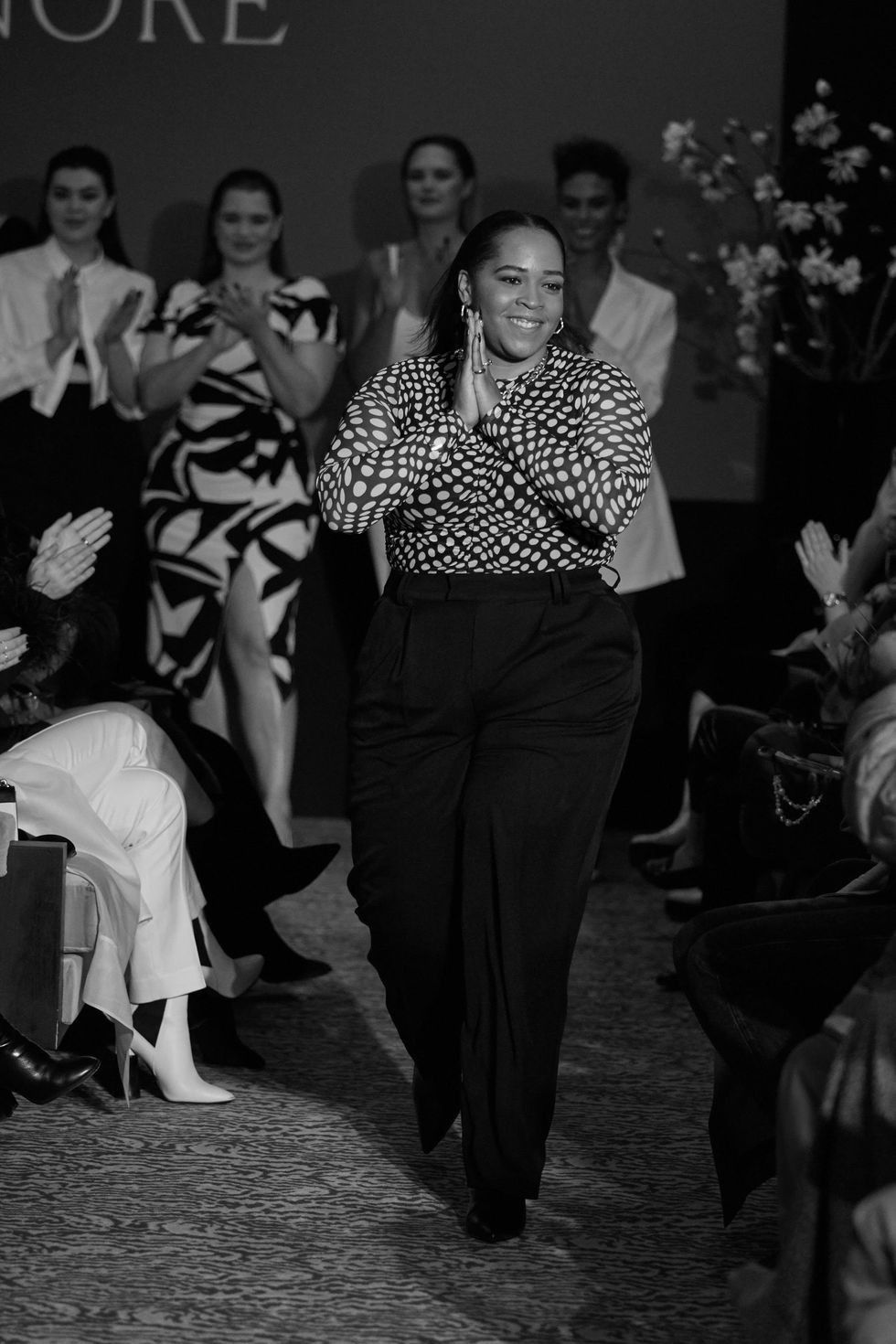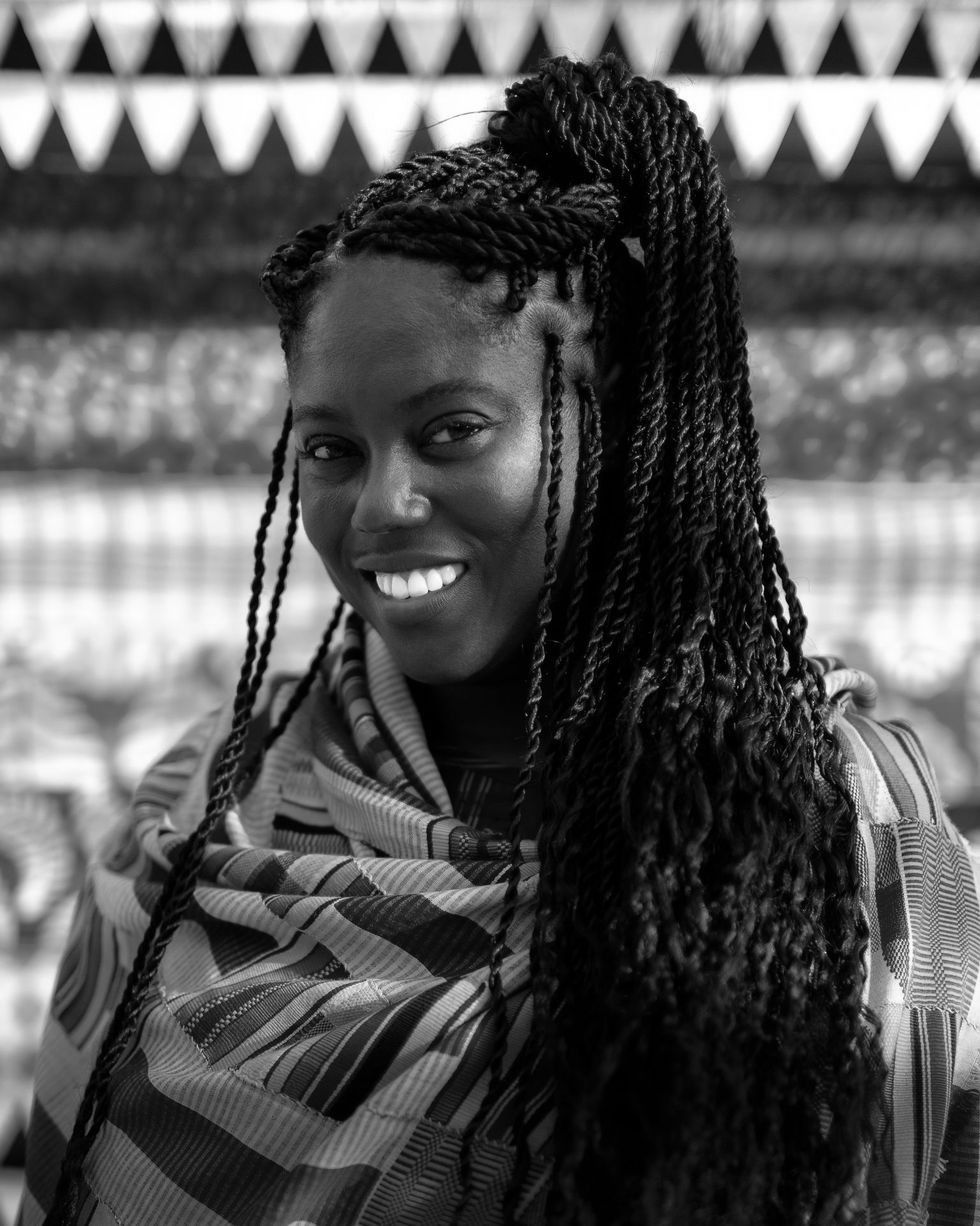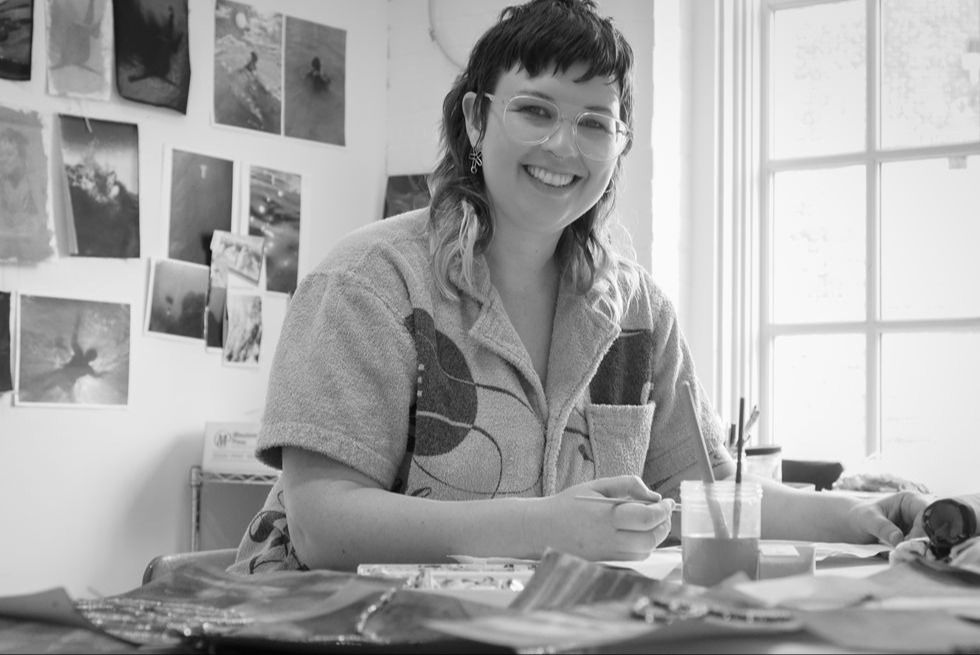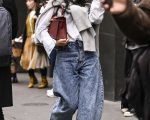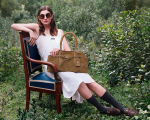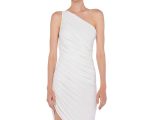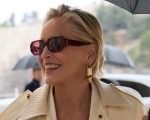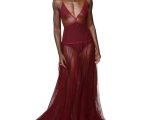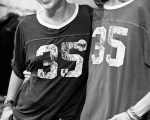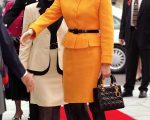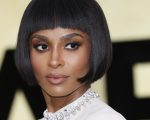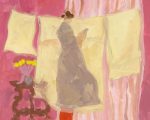The original post is located at www.elle.com
Ten years ago at New York Fashion Week, Eden Miller anxiously stood backstage, her spirit stirring with excitement as six curvy women, including Precious Lee, prepared to strut down the runway in her designs. Not only was this Miller’s first time showing at the exclusive, semi-annual event, an accomplishment many designers dream of—she was also making history as the first plus-size designer to ever show on the official calendar, an opportunity awarded to her by the Fashion Law Institute in partnership with Mercedes-Benz Fashion Week, along with a handful of other designers. But roughly an hour before the show, something was missing: none of Miller’s models had their hair or makeup done. “No one got my models in the chair [for hair and makeup] because they didn’t recognize that they were models,” Miller confesses. These are precisely the kind of microaggressions that continue to permeate the industry to this day. Over the past decade, there has been a steady momentum of plus-size fashion, but where do we stand now?
A lack of proper representation is one of the main reasons why actress and model Gwendolyn DeVoe launched Full Figured Fashion Week, which focuses specifically on plus-size fashion. “I created Full Figured Fashion Week to address the lack of representation and opportunities for plus-size models and fashion designers,” DeVoe says. “I also wanted to provide a judgement-free platform where curvy women and big, tall men—many of whom are die-hard fashion enthusiasts, but often ignored by the industry—could celebrate their love of fashion.”
The path toward achieving size inclusivity on the runway was neither quick nor linear. After Miller’s debut in September 2013, Chromat memorably included substantial body and gender diversity on the runway, opening its spring/summer 2015 collection with curve model Denise Bidot in a striking architectural open-cage pant. Mere hours later, Zana Bayne, another new designer showing at MADE Fashion Week, also showcased a range of sizes in her signature leather bodywear for her latest collection.
Ashley Graham’s trajectory toward becoming a bona fide runway staple kicked off the following September, when she walked in the show for her own lingerie collaboration with Canadian plus-size retailer Addition Elle. “Fashion democracy means showing up on the main stage, where mainstream fashion is being shown on a global platform,” says Rosalba Iannuzzi, vice president of merchandising, design, and technical at Penn., the company that owns Addition Elle. “For us, it was about elevating the position of Addition Elle and taking it to the next level as a fashion brand. Body diversity isn’t just a trend—it’s a movement that’s not going to stop anytime soon.” What made Addition Elle’s runway show so impactful was that it wasn’t just highlighting plus-size bodies—it was highlighting plus-size bodies in lingerie, thereby normalizing doing so.
The following year, like clockwork, Christian Siriano made an even bigger splash by including five plus models on his spring/summer 2017 runway. Regarding his decision, the designer told ELLE.com in 2018, “Adding plus sizes to my line tripled my business. Why wouldn’t you do that?! Do we not want to triple the business? Do we not think these women should wear our clothes? Do we not want these women to have beautiful things because we’re afraid they’re not beautiful? What is going on here?”
Becca McCharen, founder and creative director of Chromat, echos the financial success of investing in plus-size women, as there is undoubtedly a hunger for more than just flowers, mumus, and peplums—silhouettes that often conceal instead of accentuate. “At this time, I would say sizes 1X–5X are about 35 to 40 percent of our business,” she says. “Size medium, extra-large, and 2X were the quickest sizes to sell out in our most recent spring/summer 2023 drop.” Even though extended sizes are selling in stores, many mainstream designers still remain resistant to showing plus-size bodies at their shows. In addition to the added responsibility of producing plus-size clothing for the mass market, there needs to be pressure on retailers to buy clothes for more inclusive shopping experiences both online and in stores, McCharen says. “Early on, our wholesale sales team told us that it was great that we had plus-size and trans models on our runways, but when the retail buyers come in to see the collection, they want to see something in the lookbooks that they can aspire to, implying that our collection imagery wasn’t ‘aspirational.’ In the long run, opening up the dream to more people has made a bigger impact than any retailer stocking us.”
By September 2017, the plus community’s place at NYFW and the fashion community writ large seemed to be solidifying. With multiple plus-specific shows taking place over the course of the week, including Torrid and Addition Elle, as well The Curvy Con, a multi-day celebration of curvy bodies, there was more plus-size presence than ever before. It felt like the precipice of a sea change, and optimism was high among those weathering the fight for inclusion.
Unfortunately, that change never came. Despite over 67 percent of women in the U.S. being plus-size, per The Fashion Spot
The good news is that the inclusive mindset is becoming more and more common: Many emerging designers today are now approaching size diversity as a matter of necessity. Kim Shui included a range of sizes on the runway for her fall 2023 show, not to mention the models were outfitted in some of her most daring, body-baring pieces (like a diaphanous lace catsuit). “I think it’s important to have diverse models on the runway because, as a brand, I want our customers to feel like they saw themselves in the show,” Shui says. “It’s about turning so many of those core parts of women that are often shamed by others (body, femininity, cultural upbringing) and making sure they are celebrated.”
Identical twin designers Bruce and Glen Proctor of BruceGlen sent a variety of model sizes down their debut NYFW catwalk, with the glorious strut of one of their curvier models eliciting the type of joyous cheers that don’t happen often if at all. For spring/summer 2024, the twins solidified that plus-size bodies are a n0rm on their runway. In her review for ELLE.com, comedian and Survival of the Thickest author Michelle Buteau wrote, “I know there’s been some strides here and there in the plus-size game when it comes to fashion week. But there needs to be more….We are worthy and beautiful and important and powerful and successful and deserve to also feel sexy and cute in designer clothes….It’s not that I’m not happy to attend a show—I am. I want to be included. But I need more designers in the fashion industry to be inclusive to do so.”
The halting nature of fashion’s size inclusivity problem hasn’t been limited to the runway either. Though the plus-size community has long been instrumental to NYFW behind the scenes, rampant acts of discrimination still occur, upheld by the misguided belief that larger bodies simply don’t belong there. In hopes of changing that, multi-hyphenate creator Kellie Brown was moved to start her own hashtag: #fatatfashionweek. The online movement was first introduced in 2018, and is still used today. “It’s a call to action, [inviting] anyone who doesn’t see themselves in fashion but knows they have something to offer to jump in because they do, in fact, belong,” Brown says.
Of course, there’s still ample work to be done. To commemorate 10 years since the plus-size community made its official debut at NYFW, ELLE.com spoke with industry leaders who have helped shape the burgeoning landscape of an inclusive fashion week about what needs to change.
Becca Thorpe, Director of Curve at Next Models
On coming together for a greater good:
“All the influencers, bloggers, and models need to come together and really have a collective moment where there’s no internal divisiveness, because we’ve all been pushing for the same thing. A size 8 could be pushing for the same thing: to be included. And a size 16 wants to be included; a size 22 wants to be included.”
Renee Cafaro, Founder and Creative Director of Renee Cafaro Atelier and RCA Public Label
On the need for casting changes:
“People need to cast their net wider when they’re casting. No offense to the curve models that have blazed the trail and are very familiar faces at this point on these runways, but there are thousands of other phenomenal talents that really should be having a moment. Taking a chance on some emerging models would be great, because that’s where you get a little bit more representation, instead of just seeing the same five acceptably curvy bodies.”
Denise Bidot, Plus-Size Model
On the turning point for plus-size women at fashion week:
“It all started with Chromat in September 2014. I was honored to walk the runway for them at all, and then Becca [McCharen] asked, “Can you open the show for me?” It was an outfit that’s since been seen around the world, and a moment that I think solidified curvy bodies on the runways of NYFW. To me personally, it was the biggest milestone moment, but when I look at the landscape of how far we’ve come and where it started, it’s hard to not say that was the moment that everyone finally saw us. Even backstage, we all felt like we understood the assignment. This was such a huge moment for everyone, but even knowing that then, you could have never predicted just how grand that moment was for everyone across the world. It was really special. When I walked out, I remember just feeling like an alter ego came on, a light switch happened, and I was stomping that runway for every girl on this planet.”
CeCe Olisa, Co-Founder of The Curvy Con and Founder of Cocoa by CeCe
Why the fight for inclusion is far from over:
“One thing I want to say is [that] I know what it’s like to be a plus-size girl who wants to express herself through fashion and doesn’t feel like she can. So for people who are watching this very precarious moment in plus-size fashion, I just want to say: it’s not over. Ozempic isn’t going to make plus-size women disappear. There are a lot of opinions out there in the world about why plus-size women don’t need to be served. But when it comes to fashion, you’re not forgotten. It’s not over. The last 10 years have ebbed and flowed, and the next 10 years will ebb and flow. But I do believe that we will have this conversation again in 2033 and feel a lot better.”
Kimberley Gordon, Founder and Creative Director of Selkie
On why size-inclusive fashion matters now more than ever:
“We’re talking about clothing, which some people think is vapid or they file it away in their minds as just some girl stuff. But the thing about fashion is that literally all of us wear clothes every day, and those clothes tell the world who we are. They are statements about what we love and how we want to show who we are inside, and the feelings that we want to put out there. Whether we try or not. That’s what our clothes do. And when you stop an entire population of people from being able to buy clothes that let them tell people who they are, you are going to see a massive amount of emotion when they suddenly are able to do that. And when they see that on the runway and reflected? Well, that’s a life-changing thing. It’s something we shouldn’t underestimate. It could change how someone functions in their whole life and change how they feel. A dress can be the difference between staying home and going out and joining the world. So I think it’s an incredibly big deal to a lot of people that they can wear clothing that expresses who they are.”
Madeline Jones, Editor-in-Chief of Plus Model Magazine
What it’s like being plus size at fashion week:
“I remember one time a brand asked me to go to an event. They wanted to dress me, and they weren’t a plus-size brand, but they were an “inclusive” brand that went up to 3X. So I’m watching the show, and I’m super excited because I’m thinking, if they invited big old me, there have to be plus models in it. I think there was one. I think Candice [Huffine] was the only model in the entire show. And I just looked over at them, like, you brought me here, out of my home and away from my child and my work for this? Great for the one model that got in the show. But this was BS, I’m sorry. They think we should be grateful that we even have one.”
Alissa Wilson, Editor-in-Chief of StylishCurves.com
On her hopes for the next decade:
“I really hope to see more plus-size designers, more indie designers. Growing up watching designers like Marc Jacobs and Zac Posen, we got to really see them grow and have top-tier runway shows. Christian Siriano became a top-tier show. So, I would love to see some of our indie, plus-size designers be able to do the same. I would love to see Jibri at NYFW. In addition, I would of course like to see more plus-size models at high-end designer shows, and plus-size media be more welcomed at those shows. I’ve been going to fashion week since 2008, and sometimes, even if there’s a brand that makes a size 18 or 20, it can be difficult trying to get into the shows, especially as soon as they hear the words ‘plus size’ or ‘curve.’ It’s a little difficult. We should all be treated the same.”
Danielle Williams Eke, Founder and Lead Consultant for Xtnd Consulting Co.
On recognizing biases backstage:
“I remember being backstage at 11 Honoré’s fall/winter 2022 show and getting ready to walk out. All of the models were done, hair and makeup. I had my hair touched up by our resident hairstylist, then I went to our makeup artists and asked, “Hey, can you give me a quick lip?” And it was kind of like, “Who are you?” It felt like a microaggression to me—one, being a Black woman, and two, being a plus woman. Backstage at NYFW, they don’t expect you to be the designer that’s about to walk out. I didn’t have anything with me, so I thought, “I’ll just go put on some chapstick, I guess.” And so I’m standing there, and she then realizes, “Oh wait, this is the designer,” so she runs over, gives me a quick little lip, and then I go onstage. That moment stands out because it was such a height of my career, but then I felt diminished in that same moment, because of the perceptions of what a designer for a brand at NYFW should look like. I will say she apologized profusely. But we really have to break the mold of what a designer, a model, a producer, whatever should look like backstage at NYFW, because we can look like anything and everything, and we should at this point.”
Abrima Erwiah, Co-Founder of Studio 189 and Director of the Parsons School of Design Institute for Fashion Business
Why diversity is a systemic issue:
“There are so many different people all over the country, but I think sometimes we’re appealing to a very specific archetype of a woman or person in New York—this vision of the old-school Sex and the City character, someone who doesn’t reflect the data. I remember the first time we did Essence Fest, it was mostly Black women. One year in particular, there were so many Black, plus-size women just giving us money…there were so many hard-working professionals from all over the U.S. and the Caribbean, etc. They had this money and wanted to spend it. You make money; you want to spend it! But many brands are just ignoring all these customers.”
Becca McCharen, Founder and Creative Director of Chromat
The importance of normalizing different body types:
“When I first started showing a range of body types on the runway—plus and trans bodies, non-binary people, and disabled people—for me, the reason I started doing it is because that was my community. Those were my friends and those were the people that I was inspired by and really admired, so I wanted to have them in the clothes we were making at Chromat. And I remember being frustrated because, for me, that was normal. That was my everyday life, the people around me. And I wanted the press about our shows to be about the clothes and the hard work we put into making the clothes and designing the concepts, but it was always only about the models. So I was a little frustrated because I was like, “No, this is normal! It’s weird that it’s only skinny people! I think that’s the shocking and bizarre thing.” But, ultimately, it opened up the runways for different people to see themselves and feel included in fashion. That’s probably more important than any one single trend or style we designed over the years. It’s all for the greater good in the end.”
